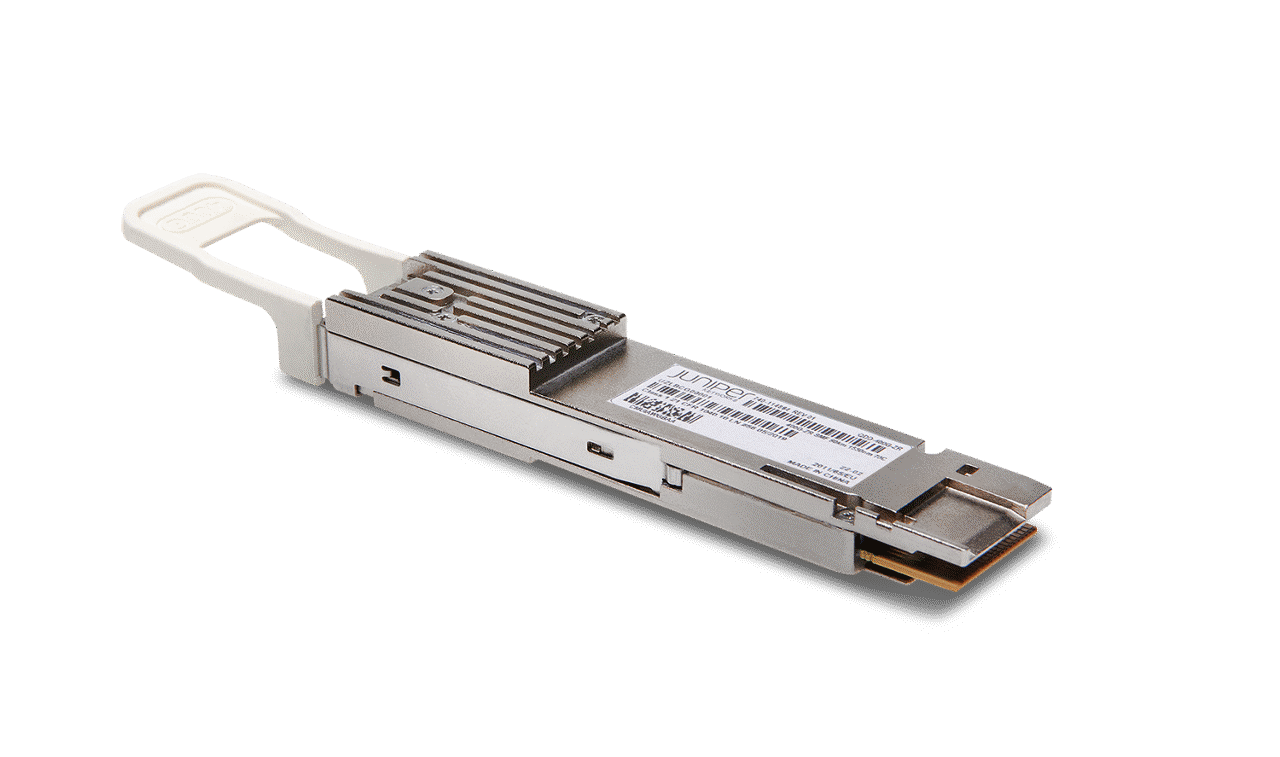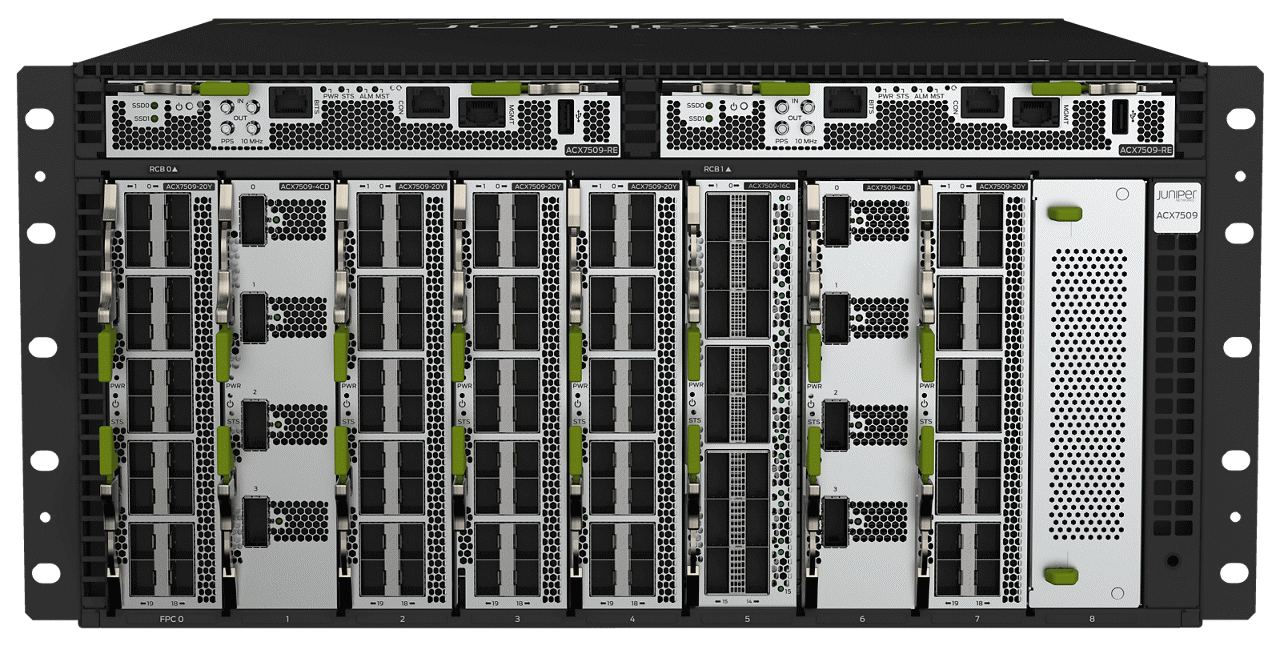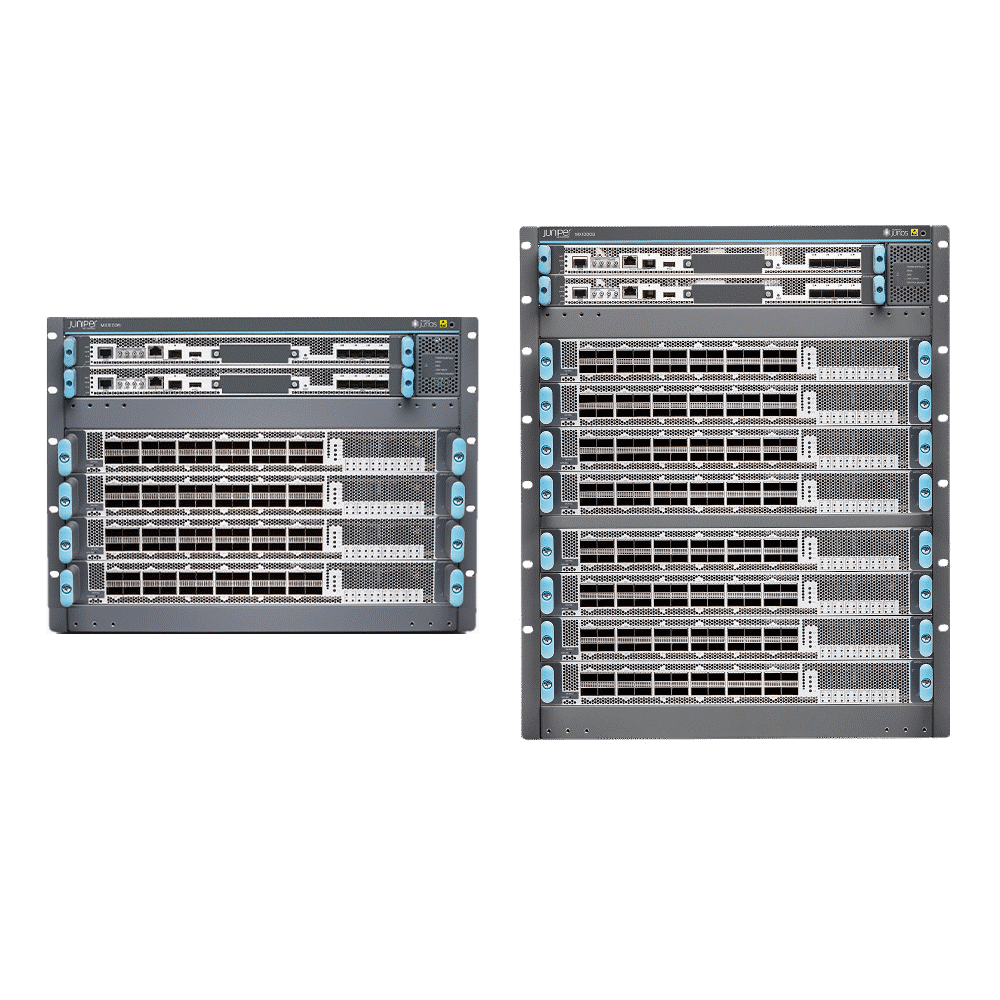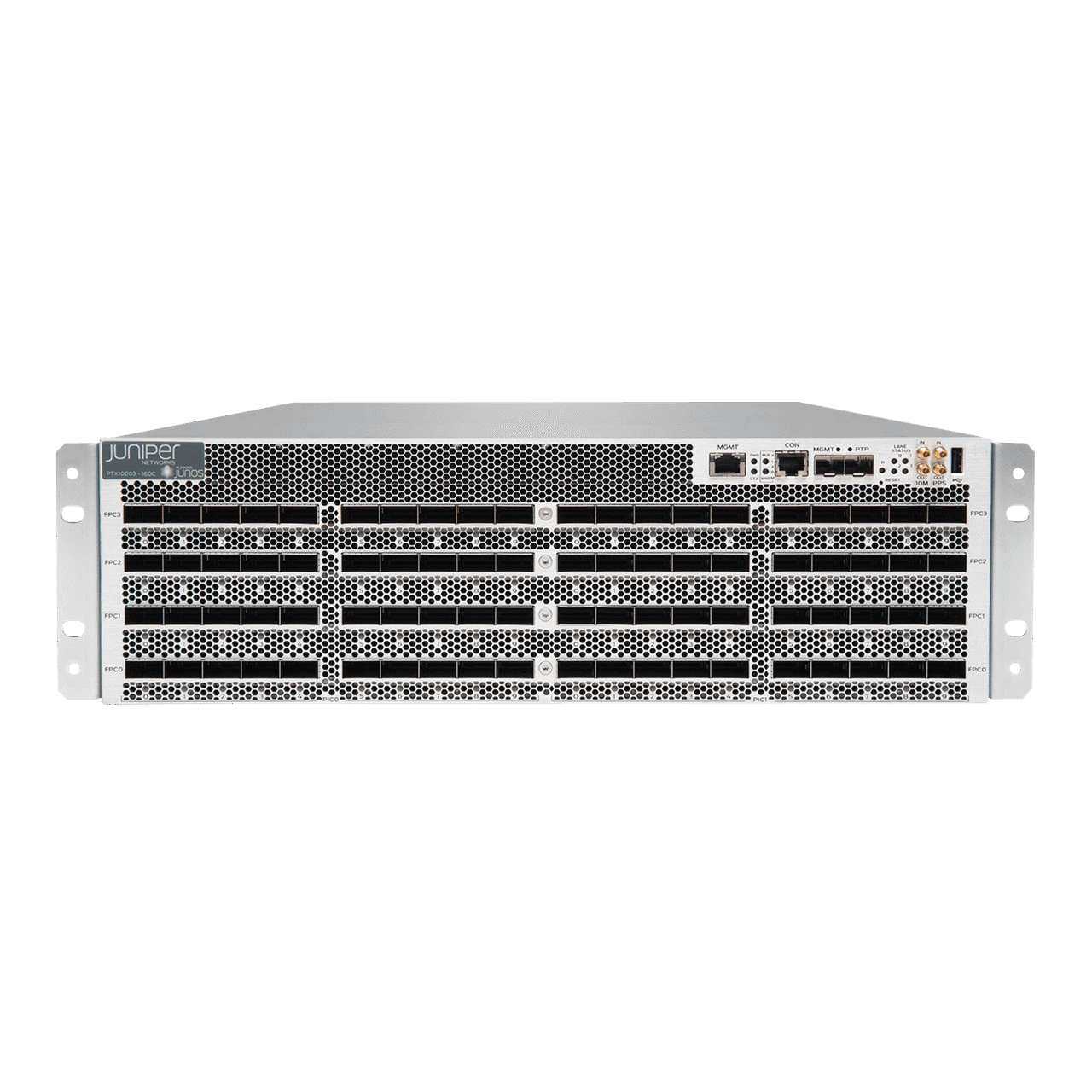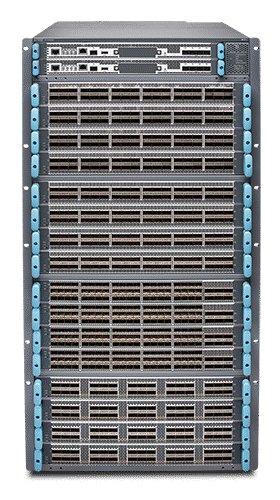Solutions & Technologies
Converged Optical Routing Architecture
An extensible, sustainable, automated solution for converged IP-optical networks.
To meet the insatiable demand for bandwidth, service providers and cloud providers are converging their IP and optical networks onto IP-over-DWDM architectures such as Juniper’s Converged Optical Routing Architecture (CORA). CORA renders separate DWDM transponders obsolete, reducing network complexity and TCO for operators.
At the foundation of CORA lies JCO400 coherent DWDM optics, supported in Juniper ultra-high-capacity, 400G-capable routers and switches. These technological innovations combine with Juniper Paragon Automation software to allow service providers, cloud operators, enterprises, and government agencies to easily deploy IP over DWDM in diverse metro, regional, and core use cases. CORA also drives improvements in power efficiency, streamlines operations, and enhances interoperability for substantial cost savings.

Improving the economics of AI
The economics of AI training relies on advanced networking that is fast, simple, and intelligent.
How Juniper can help
CORA delivers the essential building blocks operators need to create and execute an IP-over-DWDM transformative strategy for 400G networking and beyond. CORA modernizes and future-proofs metro, edge, core, and cloud infrastructures, allowing operators to turn up new services quickly, improve sustainability and operational efficiency, and reduce TCO.

Extensible architecture
Juniper is spearheading standards, championing interoperability, and fostering innovation in IP-optical convergence with CORA’s extensible architecture. CORA empowers network operators to accelerate their adoption of IP over DWDM in metro, regional, and core networks, including greenfield and brownfield deployments.

Sustainable systems
CORA’s cutting-edge, power-efficient lineup of 400G-capable routing and switching platforms allows customers to scale up and scale out their networks, extend network longevity, and avoid forklift upgrades. Juniper estimates that CORA’s architecture and coherent technologies deliver 54% greater power efficiency than traditional transport systems.

Intelligent automation
An indispensable element of the CORA solution, Juniper Paragon Automation redefines network operations. It ensures service delivery while elevating network efficiency and performance using multilayer visibility, achieved by integrating standard management APIs and domain-agnostic interfaces.

Lower TCO
IP over DWDM revolutionizes legacy optical transport systems by eliminating the need for optical transponders and slashing TCO by an estimated 40% or more. But that's just the beginning. With CORA's extensible architecture, sustainable systems, and intelligent automation, network operators can unlock more TCO savings while achieving unparalleled network performance.
Related Solutions
400G & 800G
Juniper offers the industry’s most comprehensive and high-performing 400G and 800G routing and switching platforms: PTX Series Packet Transport Routers, MX Series Universal Routing Platforms, ACX Series Routers, and QFX Series Switches. These platforms increase efficiencies throughout your infrastructure while keeping your network secure and highly customizable.
Cloud Metro
Apply cloud principles to metro networks to achieve sustainable business growth with future-proof performance, adaptive power innovation, embedded active assurance, and zero trust security.
Data Center Networks
Simplify operations and assure reliability with the modern, automated data center. Juniper helps you automate and continuously validate the entire network lifecycle to ease design, deployment, and operations.
IP Transport
Supporting massive capacity and on-demand scalability requires an IP transport network of virtualized routers, security appliances, and CPE; software-defined networking (SDN); virtual BNG (vBNG) routing; and high-performance infrastructure from access to core. You’ll find them all in the Juniper IP Transport solution.
AI Data Center
Deploy high performing AI training, inference, and storage clusters with speed and flexibility.
Resource Center
Analyst Reports
White Papers
Videos
Blogs
Webinars
Infographics
Converged Optical Routing Architecture FAQs
What is Converged Optical Routing Architecture (CORA)?
Juniper CORA is an extensible, sustainable, automated solution for IP-optical convergence that supports 400G networking and beyond. The comprehensive solution consists of JCO400 coherent DWDM optics, a rich portfolio of 400G-capable routers and switches, and Juniper Paragon Automation software, which together streamline and automate service provider and cloud operator networks across metro, regional, and core segments. CORA enables operators to slash TCO while improving overall network performance and customer service levels.
What are CORA’s primary benefits?
CORA’s biggest benefit is that it empowers operators to efficiently transform their optical transport systems to IP over DWDM and eliminate cumbersome and costly chassis-based DWDM transponders from their optical networks. The CORA extensible architecture is built on best-in-class, power-efficient Juniper JCO400 optics and advanced platform designs for sustainability. Combined with intelligent Juniper Paragon Automation software, CORA streamlines operations, enhances interoperability, and unlocks substantial TCO savings.
What use cases does CORA support?
CORA offers service providers, cloud operators, enterprises, and government agencies a wide array of IP-over-DWDM options for both greenfield and brownfield deployments. With its extensible architecture, CORA allows operators to expand their metro, regional, and core networks beyond the limits of previous DWDM technology generations.

